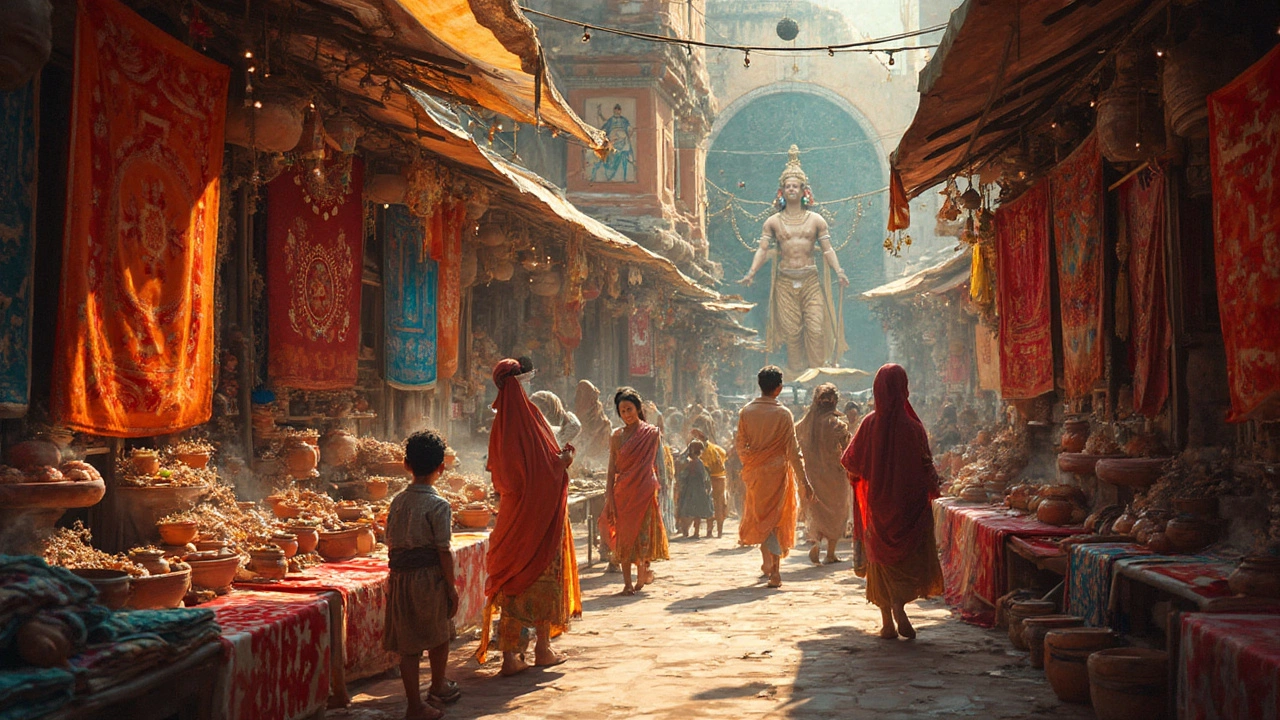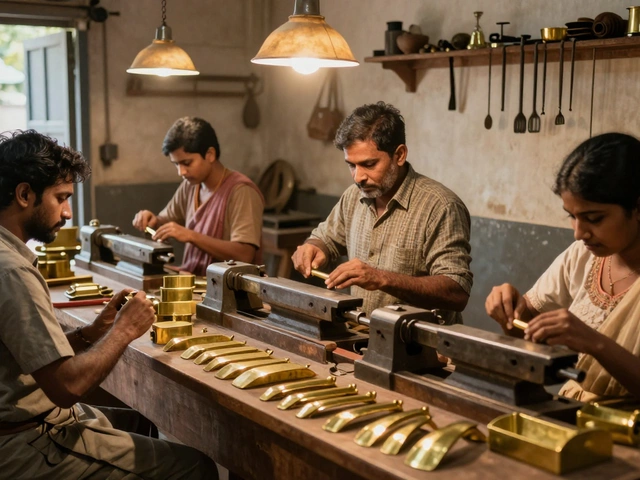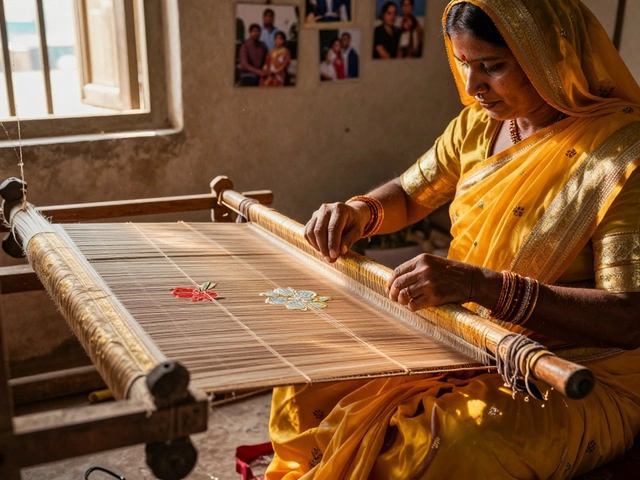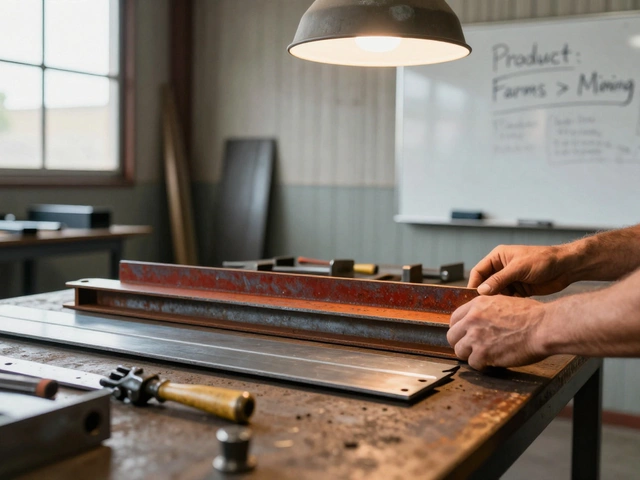Indian Textile Culture: From Handloom Roots to Modern Markets
India’s textile story starts in every village, mosque, and palace. Handloom weavers in Varanasi spin silk, while cotton farms in Gujarat feed the world’s demand for breathable fabrics. Knowing these basics helps you see why the industry still hums with energy today.
Key Elements That Define Indian Textile Culture
First, the material mix. Natural fibres like cotton, silk, and wool dominate the north, while the south leans on khadi and jute. Second, the regional motifs. From the bold block prints of Rajasthan to the delicate zari work of South India, each style tells a local story.
Third, the production process. Handloom weaving, power looms, and now high‑tech synthetic plants all coexist. The surge of synthetic yarn makers, like the leading Indian synthetic textile manufacturer, adds speed and cost‑efficiency, but many brands still highlight natural, heritage‑rich collections to meet eco‑conscious buyer demand.
How the Culture Drives Modern Business Opportunities
If you’re eyeing a textile startup, start with the market gap. Data shows that profitable textile businesses blend tradition with technology – think smart fabrics that keep you cool, or recycled silk that keeps the heritage alive.
Here are three practical ideas you can act on today:
- Heritage‑focused apparel. Source authentic handloom fabrics, add contemporary cuts, and market the story behind each piece.
- Technical synthetic textiles. Partner with an established synthetic plant to create moisture‑wicking or fire‑resistant yarns for sports and safety gear.
- Eco‑friendly upcycling. Turn waste cotton or silk scraps into home décor items – a growing niche with low competition.
All three ideas let you lean on India’s cultural capital while meeting modern buyer expectations for quality and sustainability.
Another tip: leverage government schemes that support textile clusters. Many states offer subsidies for power‑loom upgrades or export incentives for traditional fabrics. Checking the latest Make in India policies can shave off costs and speed up scaling.
When you launch, focus on clear branding. Highlight where the fabric comes from, who made it, and why it matters. Customers love a story they can share on social media – it turns a simple shirt into a cultural experience.
Finally, keep an eye on global trends. The US and Europe are increasingly seeking authentic Indian textiles for interior design and fashion shows. Exporting niche products, like hand‑dyed block prints or high‑performance synthetic blends, can open new revenue streams without heavy competition.
In short, Indian textile culture isn’t just a relic; it’s a dynamic engine that fuels both heritage lovers and tech‑savvy entrepreneurs. By respecting the past and embracing new materials, you can build a business that’s profitable, sustainable, and uniquely Indian.
Indian God of Textiles: History, Culture, and Industry Ties
Ever wondered who the Indian god of textiles is? This article uncovers the traditional stories, local legends, and historical roots linking gods to India’s rich textile tradition. You’ll see how mythology influences modern-day factories and the everyday fabric you wear. Learn why certain regions look to different deities and how this culture shapes today’s textile manufacturing. Plus, we’ll share fun facts and tips to spot these influences in your own shopping.
Read More




